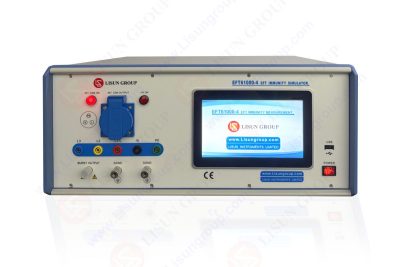
Abstract In the increasingly complex electromagnetic environment of electronic and electrical equipment, Electromagnetic Compatibility (EMC) performance has become a key indicator for measuring equipment reliability. Burst pulse interference, as a common form of electromagnetic interference in practical scenarios, may cause equipment malfunctions, performance degradation, or even damage. This pape...

Hong Kong International Autumn Lighting Fair, October 27-30, 2025 — LISUN GROUP, a world-leading supplier of lighting solutions, was invited to participate in the 2025 Hong Kong International Autumn Lighting Fair held at the Hong Kong Convention and Exhibition Centre. As a highly influential annual event in the lighting industry, this fair brought together exhibitors from 22 countries and region...
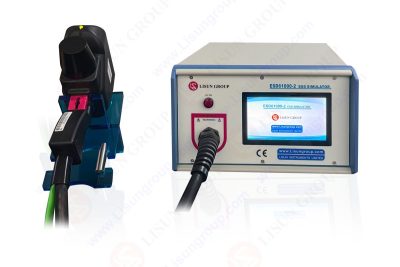
Abstract Driven by digital and intelligent technologies, electrical and electronic equipment is developing rapidly towards high integration and low power consumption, and its sensitivity to electrostatic discharge (ESD) interference has increased significantly. As a common source of electromagnetic interference for electronic equipment, ESD may cause device crashes, data loss, or even hardware dam...
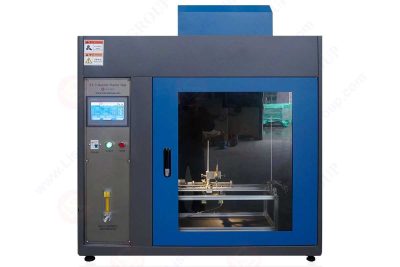
Abstract With the development of miniaturization and high-powerization of products in fields such as electrical and electronic equipment, home appliances, and lighting, the fire risk caused by “small flames” from circuit short circuits and component overheating has become increasingly prominent. Fire safety testing has thus become a core link in product research and development, factor...
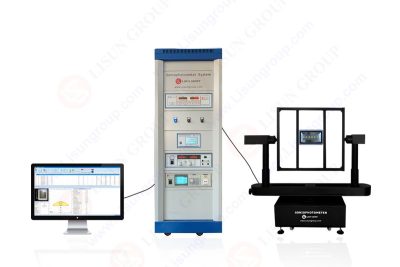
Abstract In the fields of lighting engineering design, luminaire research and development, and quality control, the spatial distribution characteristics of luminaire optical performance are the core basis for evaluating lighting effects, ensuring usage safety, and achieving energy-saving goals. Traditional photometric testing equipment struggles to fully capture the regular pattern of luminous int...
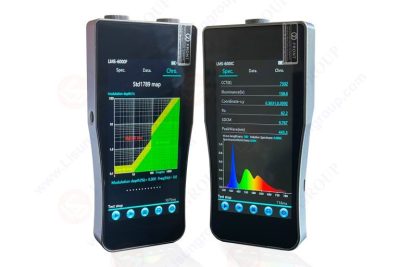
Abstract As lighting technology advances toward intelligence and specialization, the accurate testing of light source optical performance parameters has become a key link in evaluating lighting quality, ensuring visual health, and promoting industry standardization. This paper takes the LISUN LMS-6000 series lux meter test as the research object, systematically expounding its technical advantages ...

Abstract This paper focuses on the LISUN GDJS-015B Temperature and Humidity Control Cabinet, systematically expounding its technical principles, core performance parameters and industrial application value. As a device specially developed for environmental adaptability and reliability verification of materials and products, it accurately simulates multiple climatic scenarios such as “low-tem...
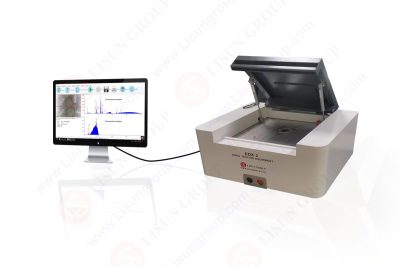
Abstract This paper focuses on the LISUN EDX-2 Series Energy Dispersive X-ray Spectrometers, systematically expounding their detection principle based on the characteristic X-rays of elements, analyzing the performance differences of equipment through specific model parameter comparison, and taking RoHS testing as the core application scenario to illustrate their practical value in the screening o...
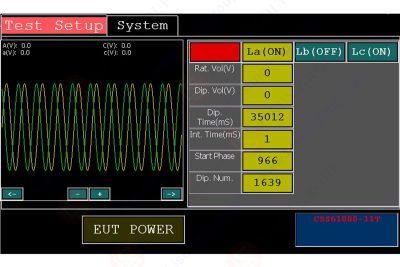
Abstract This paper focuses on the LISUN CSS61000-29 DC Voltage Drop (Rise) Simulator, a high-reliability device specifically designed to meet the characteristics and requirements of voltage dip and short interruption immunity tests for DC power input ports. In Voltage Dips, Short Interruptions, and Voltage Variations Immunity Testing, this device can accurately simulate common voltage anomaly sce...